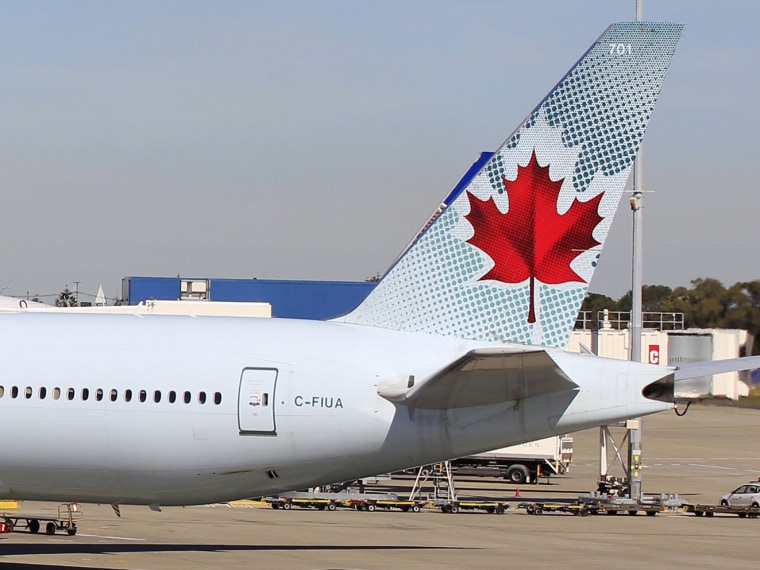An Air Canada plane headed toward San Francisco failed to communicate when air traffic control ordered it to abort its landing — prompting a supervisor to flash a red light signal as a precautionary measure, federal aviation officials said.
The Federal Aviation Administration said in a statement that the mix-up has prompted an investigation into the incident involving Air Canada Flight 781. The twin-engine commercial jet was preparing to land Sunday before 9:30 p.m. PT (12:30 a.m. ET) at San Francisco International Airport following a six-hour flight from Montreal.

Ian Gregor, an FAA spokesman, said an air traffic controller first told the plane it could land when it was about 6 miles away from the airport. But once he realized the runway might not be clear in time, he tried to wave off the flight from landing.
According to an air traffic radio recording, the controller told the plane six times to perform a "go around," which would require the pilot to abort the landing and keep circling.
But when none of the flight crew responded to the command, Gregor said, the light gun was used — a method that is "standard protocol" in instances when there is no radio response.
Related: This Is an Odd and Unsettling New Era in Air Travel
The jet still ended up coming in for a landing, although the runway happened to be clear.
"After landing, the Air Canada crew told the tower they had a radio problem," Gregor said.
Air Canada confirmed in a statement Tuesday that "the tower had attempted unsuccessfully to contact the aircraft, however the message was not received by the crew." The airline is conducting its own investigation.
The potential landing danger follows a close-call on July 7, which also involved an Air Canada jet at San Francisco International.
In that instance, the plane's pilots mistook a taxiway for the runway and nearly landed on four planes with hundreds of people on board. Federal transportation investigators have been reviewing a probable cause for why it occurred. In the meantime, the FAA issued new guidelines for nighttime landings and control tower staffing at San Francisco's airport.
As part of the probe into why this latest incident occurred, federal investigators will listen to air traffic and cockpit recordings, interview pilots and controllers, and examine communications equipment.
NBC Bay Area reported that the plane should have two communications systems and backup frequencies, so it's unusual for there to have been a communications break down.
